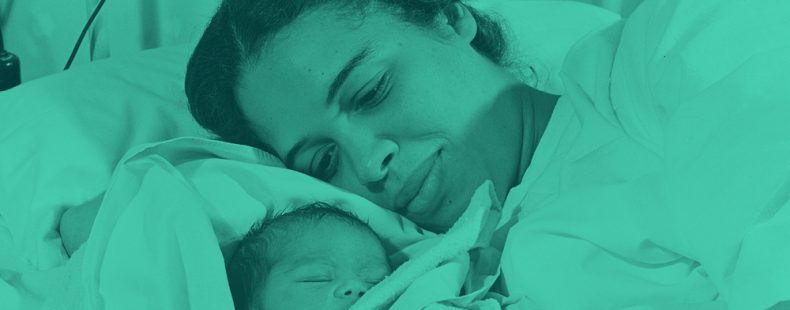Mother, maman, mommy, amma, mama, em, mum, mamma, mutter, mare, maty, ana … Across languages an uncanny pattern appears for the word mother. Why? Is it evidence of universal language? Is this evidence of sound symbolism at work, which is a phoneme (sound) that has meaning completely unto itself?
If you’re a linguist, baby talk is not just a cute but meaningless language used with infants. Babble is the first step towards language acquisition. That’s why it’s so important, and why a baby’s first words are studied.
What are the first sounds babies make?
Developmentally, babies babble nonsense sounds to try them out.
The simplest form of babble is a consonant followed by a vowel: labial (/m/, /p/, /b/) and dental (/t/, /d/, /n/, /l/) consonants followed by a wide vowel sound (/a/) are the most dominant. The opening and closing of the mouth is the most natural order of sound production.
Inevitably, some sounds are easier to say than others, which set them apart as a baby babbles and explores language, writes Roman Jakobson in his 1962 article (“Why ‘Mama’ and ‘Papa’?”), which is the most comprehensible linguistic examination of the global similarities for the names of parents.
“Nursery names for mother and father, like the earliest meaningful units emerging in infant speech, are based on the polarity between the optimal consonant and optimal vowel,” writes Jakobson.
So the foundation for the words mama and papa come from the most convenient sounds babies naturally make as they learn language. That answers part of our question, but why is it that mama or some other combination of /m/ and /a/ are even more common than papa, dada, or baba?
Mama is a small word with a huge impact. Learn more about it at our article for mama, right here.
How do babies first learn to speak?
The easiest sound for a baby to produce is ah, which requires no movement of the tongue or lips.
As it eats, a nursing baby also discovers the mmm sound with little effort. Jakobson describes it this way: “often the sucking activities of a child are accompanied by a slight nasal murmur, the only phonation which can be produced when the lips are pressed to mother’s breast or to the feeding bottle and the mouth full.”
When a baby wants to eat, or misses its mother, it can repeat this sound in anticipation or to express its longing. Jacobson calls it an “anticipatory signal.” So the baby is calling its mama to be close to her and also out of hunger.
A more recent study discovered that brain activity increases when a newborn hears a repetitive sound like mama and dada. The 2012 study, carried out by the University of British Columbia, was published in the journal Proceedings of the National Academy of Sciences. This suggests babies are hardwired to recognize repetitive sounds more quickly than other words. (That would explain why ma becomes mama and not matagu or another random combination of different syllables.)
In “Why ‘Mom’ and ‘Dad’ Sound So Similar in So Many Languages,” linguist John McWhorter describes the sound dada as one that is almost as easy as mama to make. It’s a sound “that involves a little more than just putting their lips together—namely, putting them together, holding them that way for a second, and then blowing out a puff of air.”
Ways to say mama around the world
Here are some examples of ways children around the world call their mothers.
- anana is an Eskimo word for mama
- mama—which appears in countless languages, such as Swahili, Indonesian, Polish, Russian, German, and Slovak—is just one variation of this spelling
- mamma with a double M is used in Italy, Iceland, Latvia, and Sweden, to name a few
- mamá, mama, ma, and mami are the Spanish versions
- maa, aai, amma, ammi, and mata would be familiar around India and Nepal
- māma (妈妈/媽媽) is a Chinese word
- māman or mādar are equally acceptable in Persian
- em (אם) is one Hebrew word denoting “motherhood,” from which the terms for Eve, mother city, and tribe also derive
- eomma (엄마) is the Korean word
- maman is recognized in France
- naan is used by Pipil speakers in El Salvador
You can see the commonalities expressed in the more formal word mother as well. Mother stems from the Middle English moder, which is from the Old English modor. Also involved in the story of this word is the Proto-Germanic mōdēr (source of the Old Saxon modar, Old Norse moðir, Danish moder, Dutch moeder, and German Mutter). If you keep digging into the roots of this word, you’ll find the Latin māter, Old Irish mathir, Lithuanian motė, Sanskrit matar–, Greek mētēr, and Old Church Slavonic mati.
So when you wish your mama a happy Mother’s Day each year, remember that even the sounds of what you call her are connected to the core of who you are.











